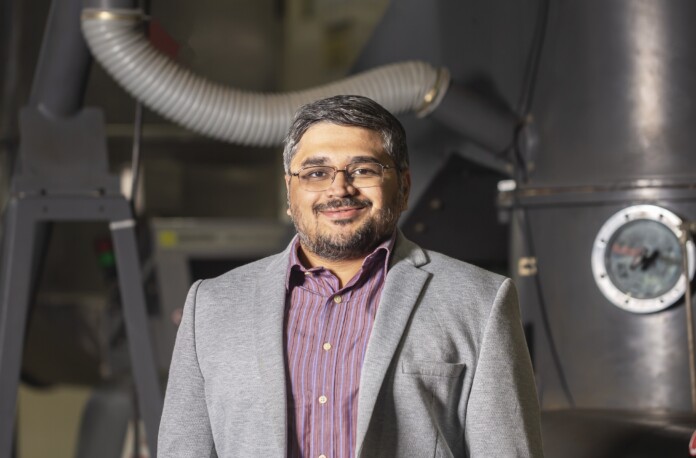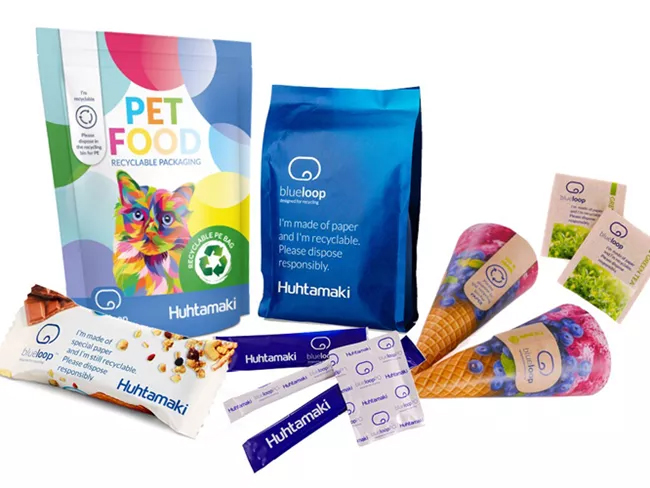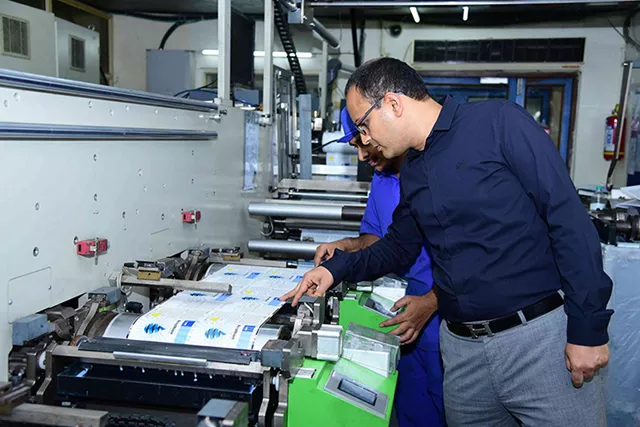Edited excerpts of the SN Dialogue Series between Benedict Paramanand, Editor, SustainabilityNext with Rahul Nene, Head of Sustainability at Huhtamaki India.
Tell us a little about Huhtamaki
Huhtamaki is a Finnish company headquartered in Helsinki. It’s a 100-year-old company with a rich history in various businesses. We are majorly into food packaging.
We aim to be the number one provider of sustainable packaging solutions across the globe. And, to be honest, sustainable packaging can mean different things to different people. Our approach is that it has to be science-based, data-based, and not perception-based.
Typically we have this perception that plastic is bad; replace it with cloth and it’s sustainable. So, that’s not how science sees it. Depending on the application and infrastructure, say recycling or disposal, in particular countries, what is sustainable will be different in that region, and we kind of cater to those needs.
In terms of staff, we have about 20,000 employees worldwide. In India, we have about 2,500 people distributed across 10 factories. In India, we are majorly into flexible packaging. That’s our main business in India. But we also have one more factory that supplies food and fibre services in India.
What innovations have happened in food packaging in recent years?
It is generally believed that India is the biggest polluter of plastics with 3.4 million metric tons of plastic waste generated every year. When we look a bit deeper, we see that the major waste that is being generated is multi-layered packaging. 70% of it is flexible, and a lot of it is multi-layered packaging (MLP). The reason for this is that we don’t have good end-of-life disposal mechanisms in the country to dispose of MLP waste. A lot of it goes to landfills, or at best, it goes to something like a cement factory where it is burned off.
Europe resorts to chemical recycling to handle MLP. It is very important for sustainability in a country like India to move from multi-layered to recyclable flexible packaging. If you go to the garbage dump today, you won’t find a plastic bottle over there, right? Or you won’t find a milk pouch. Why? Because these are recyclable in India. They are mono-material structures, and when they get collected, the ragpickers who collect them get good value. This does not happen with flexible, multi-layered packaging. So, our biggest innovation that we are trying to do is shift away from multi-layered packaging and provide mono-material packaging for applications in India for flexible packaging applications, but at the same time ensuring that the functionality is not impacted.
How easy or difficult is it to shift to multi-layered?
Extremely tough, honestly, because, as I said, it’s not just about making a shift to a material or mono-material but not impacting the functionality. So, if you take today a chips packet, right? There will generally be aluminium foil, and it is there because you need to have a barrier against oxygen, humidity, and moisture. Now, we are taking away the aluminium foil, and we are coming up with a single material. In that case, how do you provide that barrier? And then ensuring that this structure is recyclable in the mechanical infrastructure that is available in the country. This is the biggest challenge in terms of technology, in terms of R&D.
All our efforts are towards this: for any application that might come to us, we should be able to provide a recyclable packaging solution, and I’m proud to say that we are providing a recyclable solution. At the same time, we are also reducing the consumption of or the amount of plastic required in that structure. So, we are going for thinner packaging.
Reducing plastic consumption and then also keeping it to mono-materials, which will be recyclable in the infrastructure available in India, is our biggest innovation. I would say about 27% of our packaging solutions already fall under this definition, and we have a target to reach 100% by the year 2030. So, the single-point agenda is to provide recyclable packaging solutions in India.
Your comments on the 2026 deadline for the packaging industry
While we work towards making the packaging recyclable, we should also be able to use recycled granules back in the manufacture of packaging. So, that’s another work stream that’s very important for us.
The Government of India has mandated a certain use of recycled content in packaging. But the challenge is that in India you don’t get good-quality recycled content that can go into the manufacture of packaging. Again, we don’t want to compromise on functionality, we don’t want to compromise on quality, and a lot of study needs to be done to ensure that there is no introduction of unwanted material because of the recycled content.
Migration studies need to be done, and then those recycled granules need to run on our machines so that, for example, there’s nothing like gel formation, etc, that’s happening in the packaging. So, the other bit of research that’s going on is also into how we can incorporate recycled content into our packaging so that we have that entire loop where we make our packaging recyclable and then also use the recycled content in our packaging.
Interesting. What’s the consumer’s point of view?
I’ll be honest, the consumer is highly perception-driven in our country. There could be a lack of clarity on concepts such as recyclable, biodegradable, and compostable. It is important to educate them. We need to drive a lot more awareness based on data and science and then help with infrastructure so that consumers can also change their behaviour accordingly.
As you mentioned about the 2026 law, how confident are Indian companies in achieving it, and if they are not, what needs to be done because it’s not too far away?
I think it’s quite doable. We have been working on this for the last 1.5 years from various perspectives. Extended Producer Responsibility (EPR) is already implemented in India. All the registered companies, except the MSMEs, are mandated to collect and recycle as per their EPR targets. And even most of the companies that are registered are compliant with this regulation.
Just like we file returns annually for our taxes, we also now have to file annual returns on our plastic usage. We have to file the proof on the common portal that the Central Pollution Control board has come up with. There’s a nice digital tool that the CDC has also implemented. It’s quite well done, honestly. I don’t think any other country in the world has implemented such a portal on such a vast scale. Credit is due.
What challenges do you anticipate?
There are challenges technically because ensuring a supply chain of recycled granules is going to be a challenge, as is ensuring that they are of the right quality. There is traceability that actual waste has been collected and recycled, so there is no fraud there, and traceability is ensured.
Despite challenges, we are finding solutions. And because of the regulations, newer technologies and newer investments are coming up. So, for example, until last year, we did not have a commercial chemical recycling plant in India that was able to supply recycled resin. But in January 2024, we had the first one. And I know that other companies are also investing in it. So, the infrastructure also gets developed, as in how the regulations come in because regulations push the brands to do it. And then, because the brands have to do it, there is commercial value to doing it, and it becomes a business
What kind of policy support is your industry seeking from the new Modi government?
We need to shift to recyclable packaging solutions. That as a policy is still missing in India. If you look at all the regulations in, say, Europe or even Oceania, etc. To make the entire packaging circular, right?
First, materials need to be recyclable, and then they should be recycled, and recycled content needs to be used back in manufacturing to close the loop. We have regulations pushing for recycled content, but we don’t have regulations pushing for the recyclability of the solution. And that’s something that I look forward to doing. So, two months ago, I think in Europe, they approved a huge landmark regulation called the PPWR, or Plastic Waste Regulations. And they have mandated 100% recyclable packaging by the year 2030 in Europe. So, something similar that is feasible for the Indian market needs to come up because you cannot always treat legacy waste and try to create good-quality recycled granules out of it. You need to go into that loop. So, right now, a lot of rigid packaging is being recycled to make resins that are being used for flexible packaging. But flexible packaging itself needs to be recyclable to get scale. And that’s one key policy I hope gets implemented in the country that really will help the industry at large.
I’m also told that the GST on recycling companies is very high at 18%
GST is very high. It is difficult to incentivize people to adopt sustainable packaging with such high taxation.
Watch Full Interview – https://youtu.be/FSXrkAYUdTg












